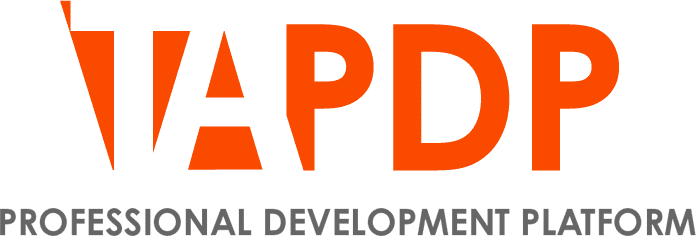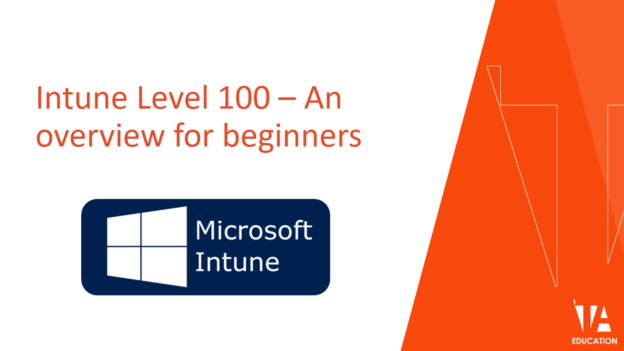This course introduces Microsoft Resellers to device management using Microsoft Intune. It is designed to give sales people a good understanding of what Intune is and how it works in education.
Course Content

Login
Accessing this course requires a login. Please enter your credentials below!



